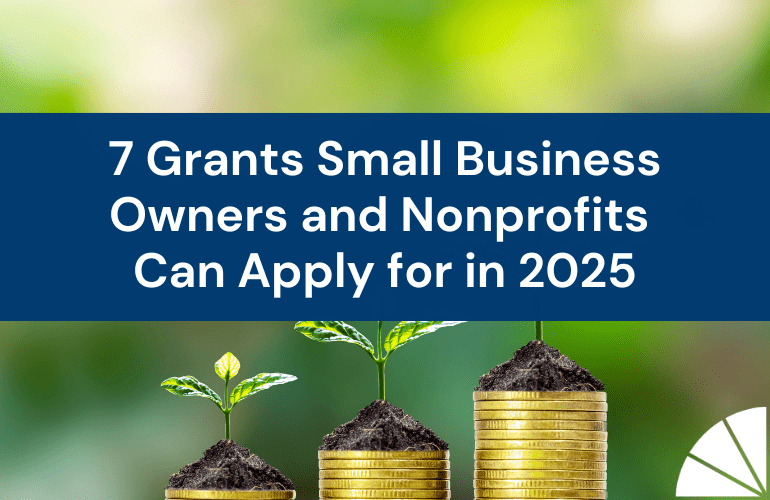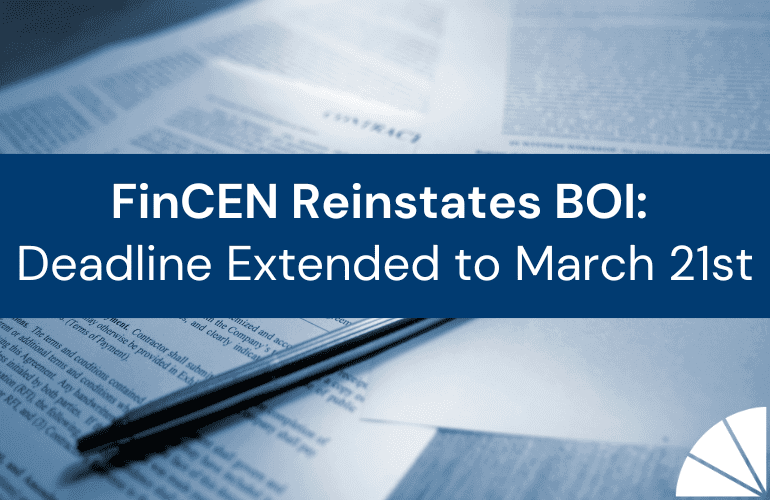
Regardless of the organization’s size, a nonprofit has to be able to demonstrate programmatic impact. But, as a nonprofit leader, you likely didn’t embark on your altruistic career path eager to “crunch the numbers.” It’s more probable your care for a cause led you to where you are, not a burning desire to collect and analyze data. The Stanford Social Innovation Review published a study indicating that, while 75% of nonprofits have a system for measuring programmatic impact in place, only 6% feel they are using the data they collect effectively. Understanding how to leverage a little data can go a long way in terms of value. There are several key performance indicators (KPIs) that can tell you a lot about your organization’s efficiency and financial health. While your program efficiency ratio is one of them, it is only a partial measure of your functional expenses. To follow through on your stated mission and purpose and truly use your dollars effectively, you have to look at the best way to balance program expenses and overhead.
Understanding Your Program Efficiency Ratio
A program efficiency ratio is calculated by dividing an organization’s program expenses by their total expenses. Your organization’s ratio can reveal valuable insights for your leadership team. The resulting percentage helps your leadership evaluate whether the organization is fulfilling its mission, how the organization’s programmatic impact measures up to industry peers, and whether it’s time to consider new programs and strategies to improve member engagement.
Because your organization is tax-exempt, the data needed to make this calculation is publicly disclosed. According to Charity Navigator, 7 out of 10 charities have a program efficiency ratio of at least 75%. In general, this means they are spending at least $0.75 of every $1 on program expenses. But it’s important for nonprofit leaders to understand that not all organizations fit into that general standard the same way. And that’s OK. You have to be prepared to tell your story to potential donors. Transparency helps you demonstrate to your donors and prospective donors that you are using your dollars effectively.
Balancing Your Program Expenses & Overhead
A good question, and one that most all clients jump to when we discuss the ratio is, “Isn’t a higher ratio better?” And the tendency is to “shove” every possible expense into “programs.” And yes, you do want most of the donated dollars spent on program activities. However, in order to support, grow and maintain sustainable programs over the long-term, the organization itself needs to dedicate some part of the budget to other costs.
Your mission is a promise to your donors, board members and the community you serve. Making sure you can deliver on your promise isn’t going to be free. The costs associated with providing your programs and services are direct costs. But there are indirect costs that are not tied directly to a program but are just as important when it comes to your organization’s ability to operate and fulfill its mission. An organization with a program efficiency ratio of 90% could possibly have more challenges making an impact and sustaining its program activities than an organization with a ratio of 60% who has created a robust administrative support system to keep its program activities thriving and growing. At a certain point, you are no longer allocating enough for the other necessary expenses for your organization’s continued success.
You need to attract and retain happy employees and board members, operate in a clean, safe facility, and have access to the technology and office equipment your employees need to do their jobs. You also have necessary management and general expenses, such as those for the office and investment management, as well as for your legal, accounting, insurance, and banking needs. And spending dollars on fundraising is another integral part of what you do. It’s how you motivate donors to support your cause, and it’s what keeps your organization sustainable.
So, it is a “balancing” act and 75% is often thrown around as an “ideal” ratio. In reality, you need to look at the specifics of your organization, its needs and how best to balance its resources between program activities and administrative support (including fundraising).
Using Your Dollars Effectively
A misguided idea has developed over the years that overhead is a bad thing for a nonprofit. But the way people look at nonprofit organizations is changing. They recognize that program efficiency doesn’t give anyone a complete picture of the way an organization operates. It’s more about balancing your dollars effectively. It costs money to do what you do, and certain costs are necessary to be better at what you do.
Contact LGA
The nonprofit team at LGA helps organizations find the balance between functional expenses and communicate their financial health through annual reports, audits, reviews, and tax preparation. My team provides audit and assurance services that help nonprofits fulfill their missions and remain in compliance with rules and regulations. If you have questions about the financial health of your nonprofit organization, contact me today.
by Robert F. Hart, Jr., CPA, MST

Bob is a Partner at LGA and the Director of Quality Control in the Audit and Assurance group. He joined LGA in 2013 and has over 25 years of experience in public accounting, providing audits, reviews, and compilations to nonprofit organizations and privately-held businesses. Bob also develops and delivers technical training to the firm’s staff and provides updates on annual changes affecting LGA’s client base.





